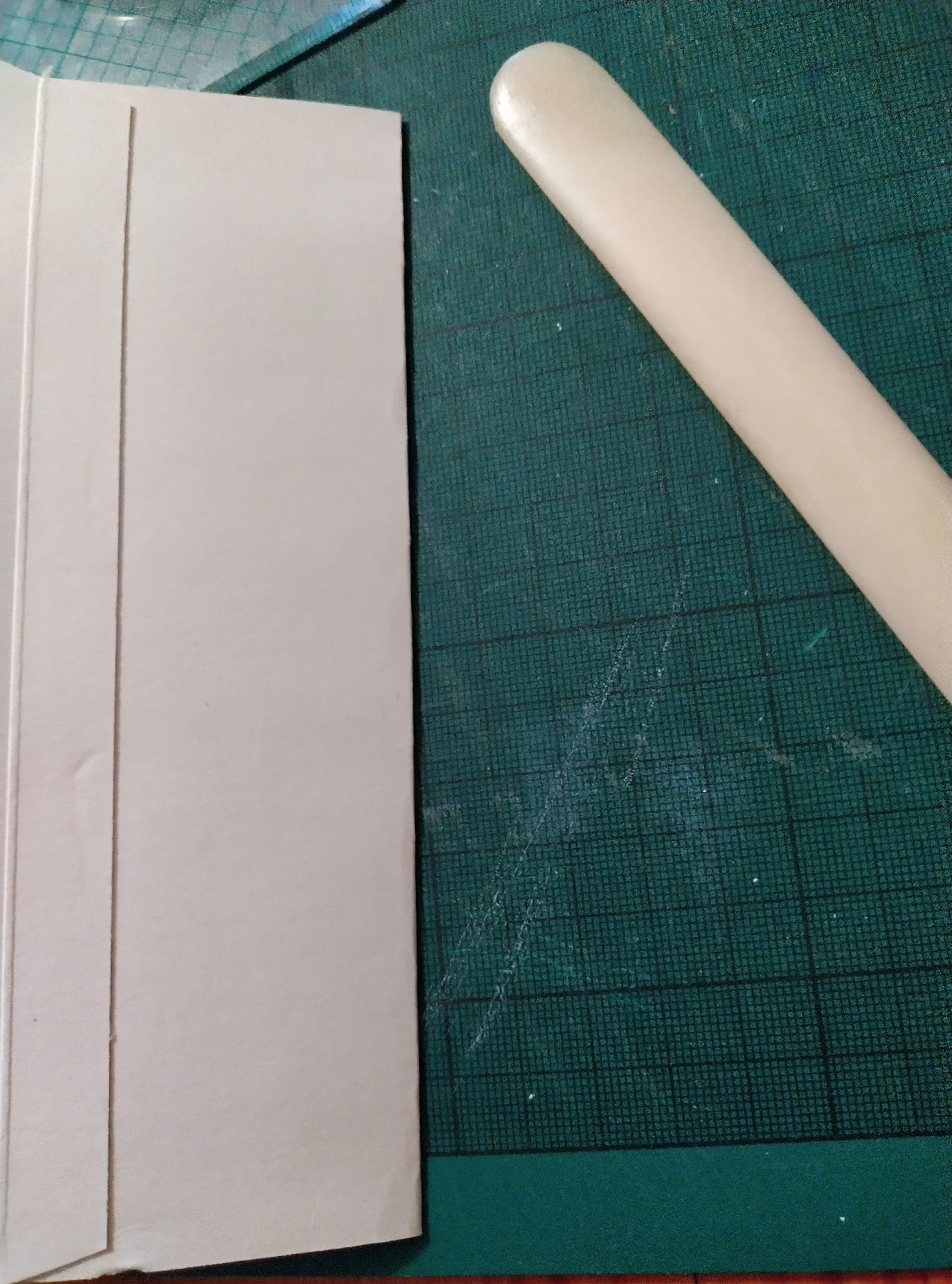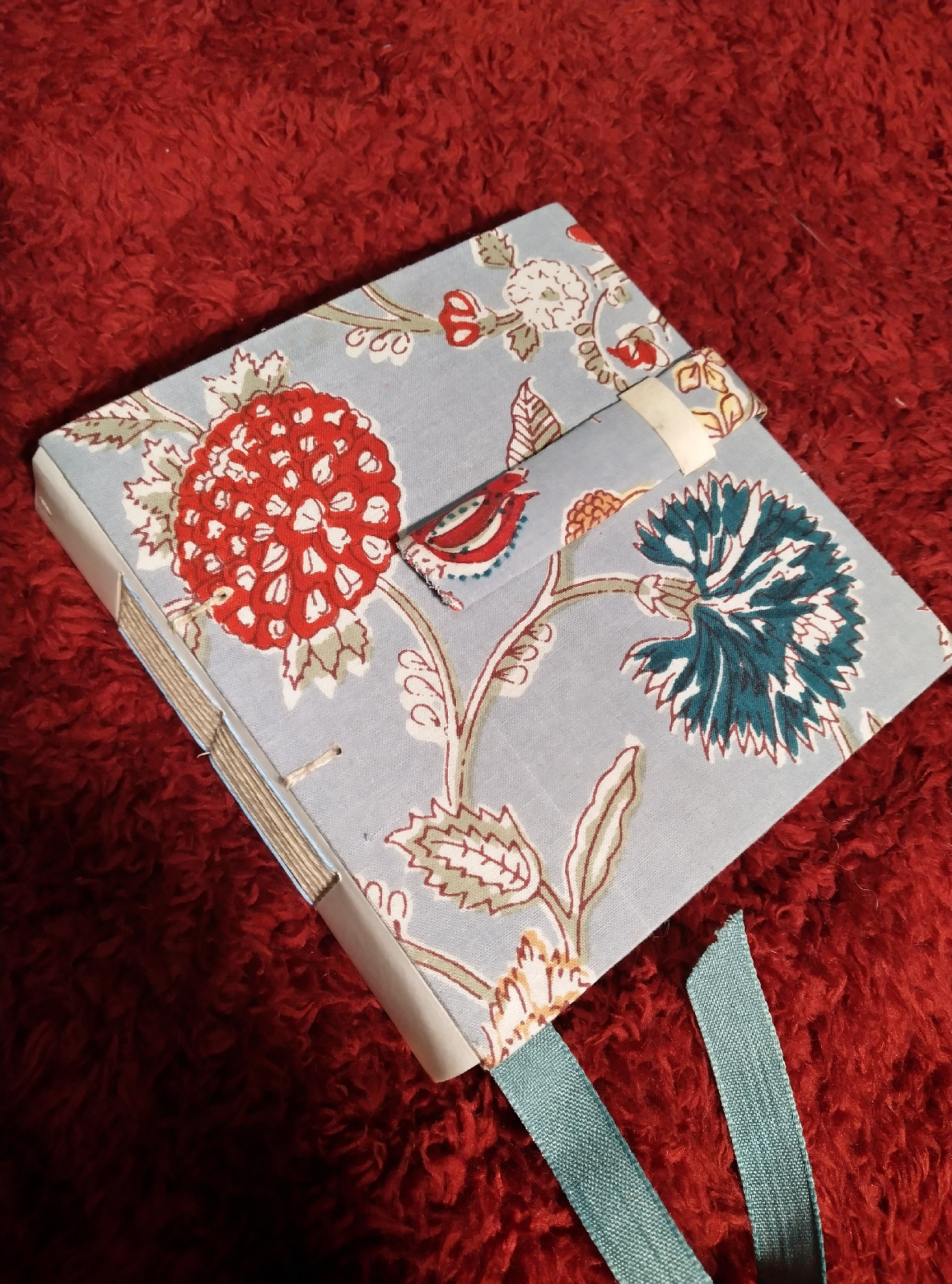BOOKBINDING - Lesson 3 —. 19/1/21

The audio version of this post is available HERE First of all, my apologies that this post has been a little slow in coming, but the marmalade season is upon me (about which I may formulate a post in due course...) Anyway, this lesson is about how to make books with more than one section, which is where things start to get a bit more complicated - and a bit more difficult to explain! There are various ways to connect a number of single sections to make a bigger book. The easiest ones are called 'non-adhesive' bindings - and also long stitch bindings - and are what we'll be focusing on here. Historically, this and other very simple forms of binding go back to, if I remember rightly, the 15th century, a time when students had to provide their own text books. These arrived from the printer's as unbound sheets and the students invented some very ingenious ways of keeping them together. Somewhere there is a photo of said books, from a museum, but the internet is being ver...


